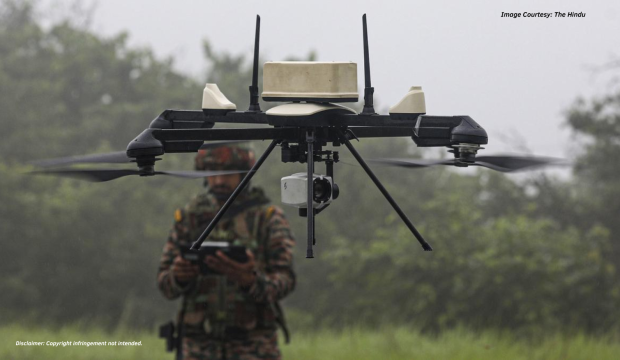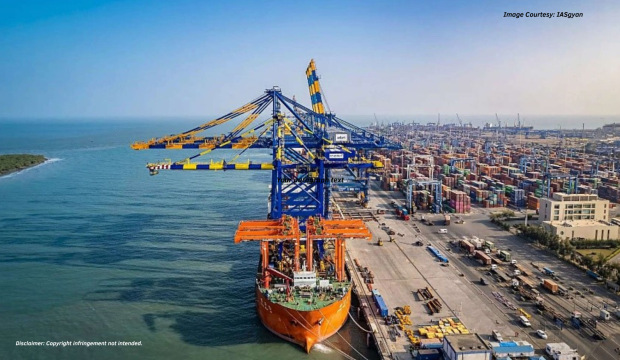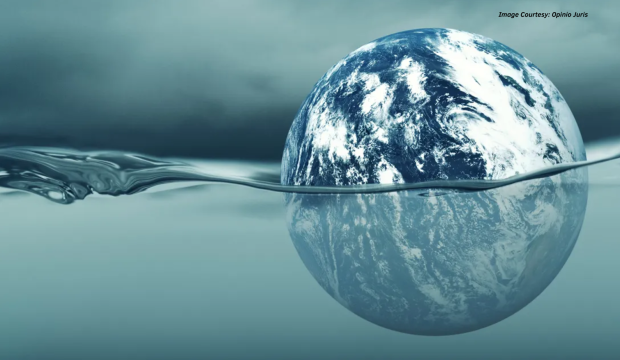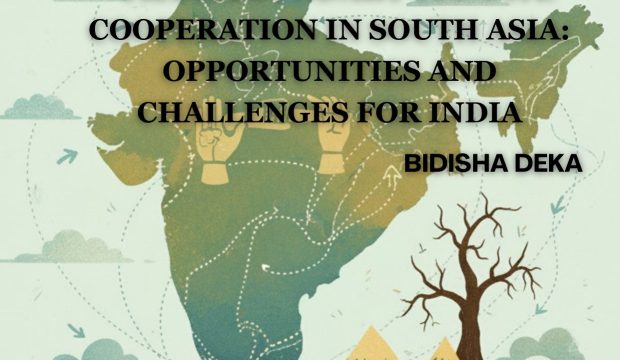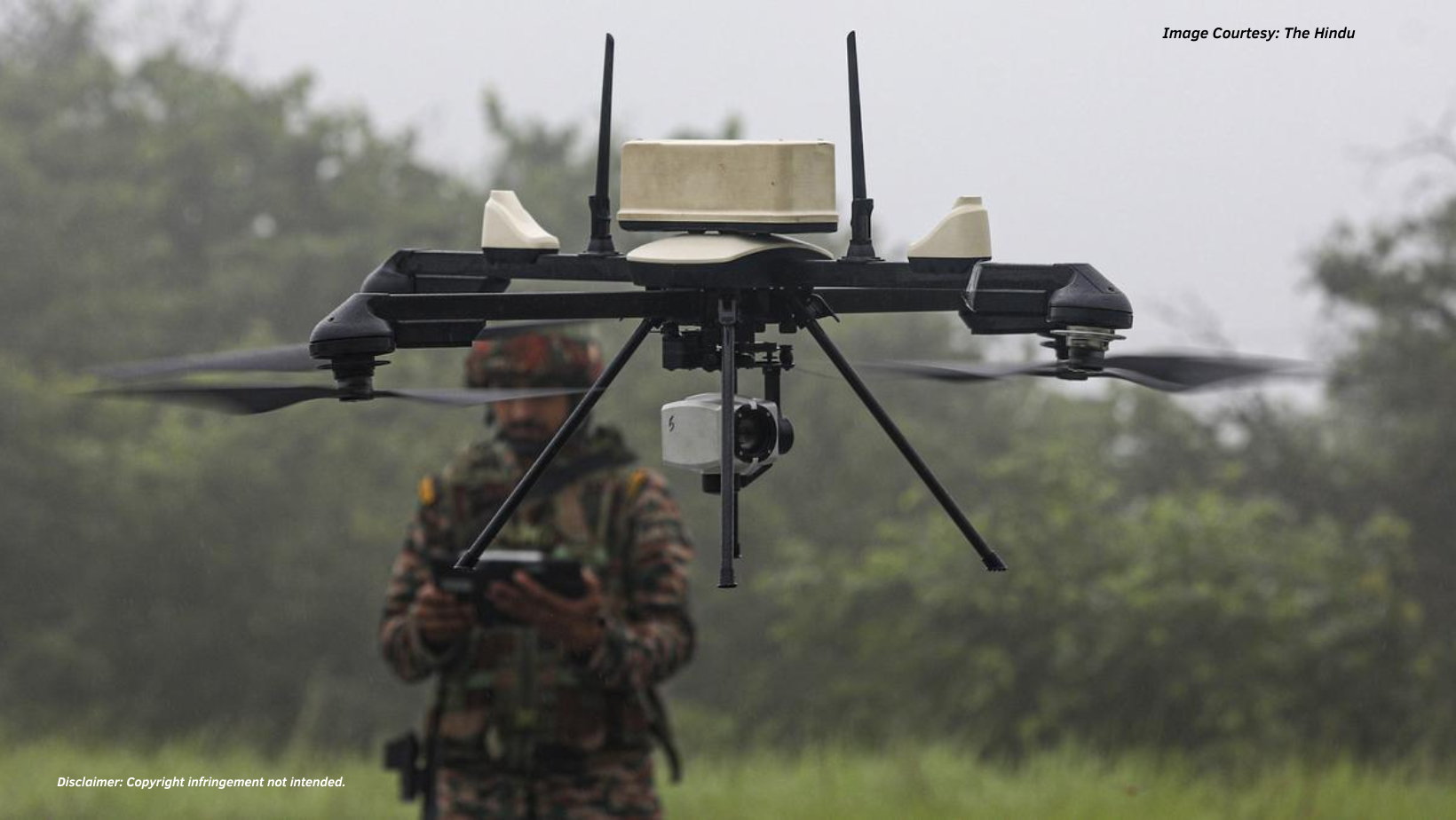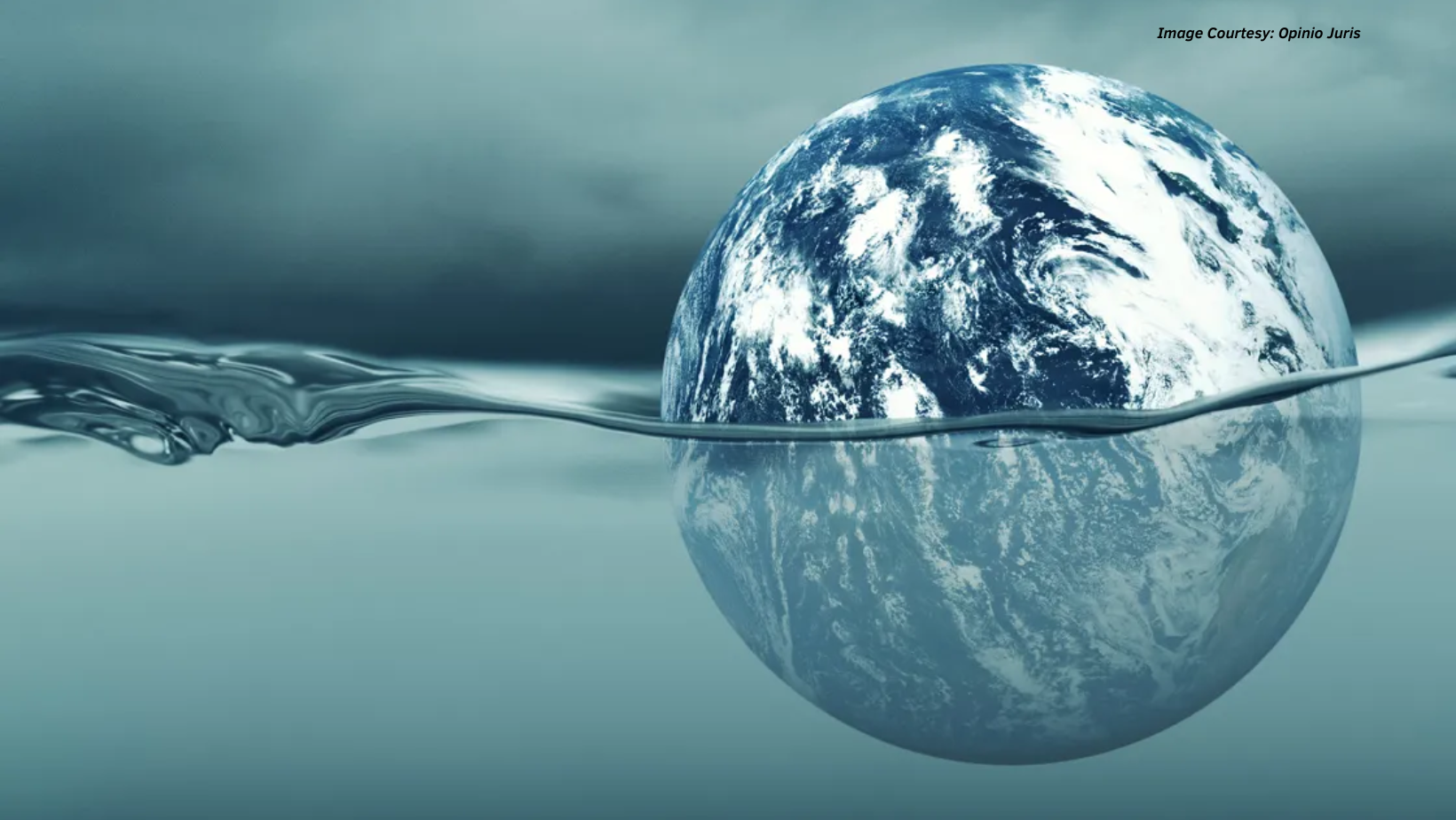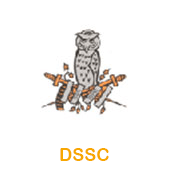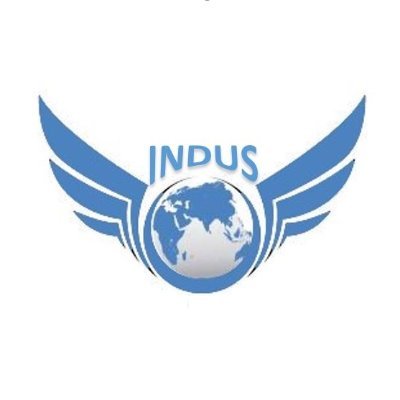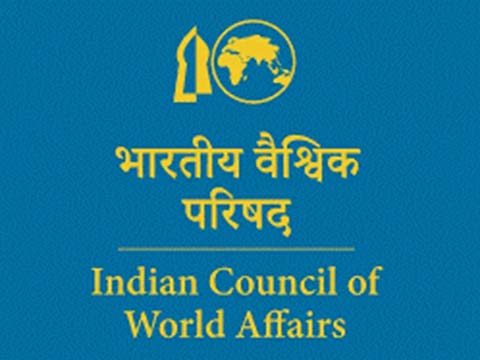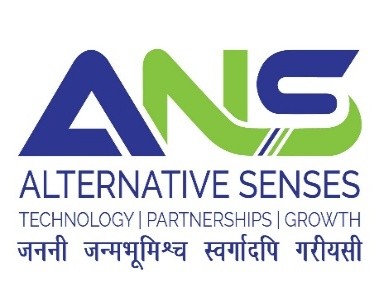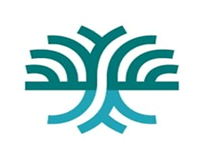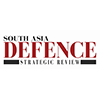Introduction
South Asia in the current times, has been witnessing, has witnessed rapid evolution in its political environment leading to changing national priorities and geopolitical alignments. For decades, India has balanced its geopolitical linkages through cultural ties, development assistance and its centrality. These collaboration efforts come with significant good will, a vital necessity when engaging with countries one shares a border with. China with its unofficial but recently visible ‘Look South’ policy has begun to exert its influence in the region, as part of its attempt to rise as a global power on the world stage. This Asian giant has done so by entering India’s traditional sphere of influence in the form of development assistance being provided by its economic might.
This shift is more visible when analysing the large scale projects China has spearheaded in the region including major roadways and port facilities, China’s southern outreach has largely altered regional dynamics. India’s ‘Neighbourhood First’ policy has mainly countered this intrusion, with India having traditionally good relations with the other South Asian nations. These relations are built on historical ties and according to the needs of its neighbours for their own future, with its allocation of large amounts of grants as well as concessional line of credits (LOC) to development infrastructure projects while also promoting a bilateral relationship through capacity building.
China’s Look South and Implications for South Asia
South Asia stands at the crossroad between the Middle East, Central Asia and Southeast Asia, and thereby its maritime routes have emerged as a critical focal point of shifting geopolitical tensions. The last few decades have witnessed the rise of China in the region, which have been trying to spread its footprint specifically through its Belt and Road Initiative (OBOR),1 this has manifested through large scale and increased investments across different South Asian countries to increase its stronghold and influence. To do this, China has mainly employed its economic resources, and have undisputedly functioned with focus on its cheque book diplomacy.
Although India has refused to be involved in BRI, countries surrounding India like Pakistan, Bangladesh, Nepal and Maldives have ongoing BRI projects going on within their borders. Since Xi Jinping has formed the government, the country has invested over $100 Million in South Asian projects, majority of them being in Pakistan alone.2 This is seen as China’s attempt to contain India’s rising power in the region while also effectively countering western influences. The ‘Look South’ Policy forms a part of the broader BRI framework.3
China has major stakes in South Asia, with a significant one being the China Pakistan Economic Corridor (CPEC). China has invested more than $60 Billion in this project alone,4 however recent data shows that there has been a 40% drop in China’s engagement with Pakistan regarding this project.5 South Asia stands as a crucial point for two of China’s most significant and ambitious projects; The Silk Road Economic Belt and the 21st Century Maritime Silk Road. Both of these initiatives involve South Asian nations, with CPEC forming part of the Silk Road Economic Belt and port facilities at Maldives, Sri Lanka and Bangladesh making up the part of the Maritime Silk Road. The Gwadar Port, also widely referred to as the ‘crown jewel’ of the CPEC, serves to reduce China’s dependency on the Strait of Malacca.6 The port, however, is struggling to attract economic output, with less than 1% of Pakistan’s trade coming through it.7
The Hambantota port serves as a prime example of how quickly China can control its investments in other nations, with the port currently being on a 99 years long lease to a Chinese company. The island nation faced the worst financial crisis in its history, wherein it had debt of more than $40 billion, owing half of that amount to China. Recently China has extended investments of over $3 Million to Sri Lanka to build an oil refinery, at the Hambantota area itself.8 The Southern Expressway is also a key project under BRI, China has over $1.5 Billion in the form of a loan in the extension from Matara to Hambantota which is part of China’s plan to create an economic zone around the port area.9This along with other projects such as the being agreed upon between the two countries points to the rising Chinese involvement around India, implementing its string of pearls strategy.
Maldives, being situated at the heart of the Indo-Pacific region, forms a vital part of China’s 21st century maritime silk road. With a pro-China government in power now, the country is also visible in the strings of pearls. The island nation has over $3 Billion debt to China and India combined, its largest creditors.10 China has implemented various projects in Maldives as well, but has also been hesitant in investing in large scale projects like it has done so for Sri Lanka and Pakistan. The funding for Sinamale Bridge was done through a grant of over $108 Million, although Housing projects investments saw a massive $200 Million loan.11 Maldives is in a precarious situation right now, with crippling external debt and a struggling economy.
These patterns of engagement point towards China’s attempt to secure for itself the Indo-Pacific region through its infamous debt-trap diplomacy and long term economic entrenchment. As China continues to deepen littoral and small countries’ economic dependency on itself, it plans to consolidate its influence in South Asia’s periphery.
India’s Neighbourhood First Policy: A Strategic Response
India has had the Neighbourhood First Policy in motion since its inception in 2008, but it only gained momentum after 2014 along with the emergence of the ‘Act East’ Policy, both oriented towards strongholding India’s relations with its periphery.12 While the former policy is directed to India’s immediate neighbours, Act East brings into priority Southeast Asian nations i.e., the ASEAN nations. More than half of the Lines of Credit (LOC) India has extended has been towards South and Southeast Asian nations, which amounts to roughly over $16 Billion.13
During Sri Lanka’s 2022 financial crisis, India stepped in with a $400 Million currency swap from the Reserve Bank of India (RBI) along with a repayment of around $500 million in trade dues mainly from imports coming from India, was deferred under the Asian Clearing Union (ACU).14 Along with other measures, the over $4 Billion bailout India extended towards Sri Lanka massively helped somewhat contain its economy until the IMF bailout, which amounted to less than the Indian one.15 A sign of goodwill was shown when Sri Lanka decided to repay part of India’s loan from the first part of IMF’s fund, making up for $300 Million.16 Although Sri Lanka has assured the Indian government that it will not allow any anti-India activities to be undertaken on its soil, along with implementing a one year hold on Chinese vessels on its ports to further solidify its promise to not allow the encroachment of India’s security concerns.
Maldives has had a long standing tradition of visiting India when newly elected, this tradition was broken when the current Maldivian leadership decided instead to visit China and Turkiye for his first state visits, nations India’s has had increasingly complex and competitive relations with.17 This move was widely interpreted as a signal of shifting geopolitical priorities and possible recalibration of Maldives away from India’s traditional sphere of influence. However, this saw a turnabout when last year, India was called a ‘valued partner’ of Maldives, done so when the island nation was and is currently still in midst of an economic crisis.18 India has approved a $100 Million loan to Maldives in the form of a short-term loan while also extending the time of repayment, which India did so twice, in May and September of 2024. This allowed the country to manage its short-term debt burden without defaulting.19
These examples show that India’s neighbourhood first policy isn’t only about goodwill, it’s also a carefully crafted response to China’s growing presence in the Indo-Pacific region at large. This policy is also built upon decades of trust and shared history, and quick support in times of crisis, as seen during the 1988 Maldivian coup, along with the rapid response Indian HADR teams carried out during the devastating 2004 Tsunami.
Conclusion
While China’s Look South Policy continues to try and reshape South Asian priorities, it more often than not comes with unspoken expectations, a core one being a country’s stand on Tibet. Countries like Nepal and Sri Lanka have publicly recognised Tibet as an integral part of China, even calling it by its Chinese name, ‘Xizang’. Such conditionality is not always visible, but sets a precedent for how economic assistance can translate into political leverage when it comes to sensitive topics like Taiwan as well. Both the South Asian nations accept the ‘One China’ Policy, which sometimes puts Nepal in a difficult situation, as Nepal is home to the largest number of Tibetan refugees after India.20
In contrast, India’s Neighbourhood First Policy relies on a country centric approach that respects the needs, and the sovereignty and agency of the nation it’s forming relations with. While India might not match China when it comes to financing large scale and heavy projects, it provides consistent assistance during both crises and peace.
A key flashpoint in this dynamic comes at a crucial moment when the succession of the 14th Dalai Lama is a question. This is an issue that has raised tensions across the region and very much beyond it as well. While China insists that the next Dalai Lama must be approved under Chinese law, the Buddhist community maintains that the succession should follow traditional Buddhist practices, specifically coming under the Gaden Phodrang Trust who will recognise the next spiritual leader, independent of state interference21. This issue is not just about religion, it carries deep political weight. Across South Asia, many in the Buddhist community are beginning to feel concerned that China’s growing influence is no longer limited to money and infrastructure, but is also starting to shape cultural and spiritual spaces that have traditionally remained independent.
DISCLAIMER
The paper is author’s individual scholastic articulation and does not necessarily reflect the views of CENJOWS. The author certifies that the article is original in content, unpublished and it has not been submitted for publication/ web upload elsewhere and that the facts and figures quoted are duly referenced, as needed and are believed to be correct.
References
1. Seth, Shobhit. 2020. “How China’s One Belt One Road (OBOR) Initiative Works &Amp; Its Goals.” Investopedia. January 28, 2020. https://www.investopedia.com/terms/o/one-belt-one-road-obor.asp.
2. House Committee on Foreign Affairs. 2022. “China Regional Snapshot: South Asia – Committee on Foreign Affairs.” Committee on Foreign Affairs. November 21, 2022. https://foreignaffairs.house.gov/china-snapshot-project-south-asia/.
3. Columnist, Et. 2023. “China’S NEW ‘Look South Policy’ Isolates India in Its Own Backyard as PLA Looks to Dominate ‘World’S Largest’ Bay.” EURASIAN TIMES, May 7, 2023. https://www.eurasiantimes.com/chinas-new-look-south-policy-isolates-india-in-its-own/.
4. Afzal, Madiha. 2020. “‘At All Costs’: How Pakistan and China Control the Narrative on the China-Pakistan Economic Corridor.” Brookings, June 15, 2020. https://www.brookings.edu/articles/at-all-costs-how-pakistan-and-china-control-the-narrative-on-the-china-pakistan-economic-corridor/.
5. Wang, Christoph Nedopil. 2025. “China Belt and Road Initiative (BRI) Investment Report 2024 – Green Finance & Development Center.” February 27, 2025. https://greenfdc.org/china-belt-and-road-initiative-bri-investment-report-2024/#:~:text=8%20billion)%2C%20and%20Kazakhstan%20(,74%25%20in%20the%20previous%20period.
6. ONeil, View All Posts by Alison. 2024. “A New Turn for BRI in South Asia?” Georgetown Security Studies Review. February 14, 2024. https://georgetownsecuritystudiesreview.org/2024/01/23/a-new-turn-for-bri-in-south-asia/.
7. Zaman, Sarah. 2025. “Pakistan Struggles to Bring Trade to China-built Port.” Voice of America, January 10, 2025. https://www.voanews.com/a/pakistan-struggles-to-bring-trade-to-china-built-port/7932597.html.
8. Pti. 2025. “China Offers to Invest $3.7 Bn in Oil Refinery in Sri Lanka as Dissanayake Pitches for More Chinese Invest.” The Economic Times, January 16, 2025. https://economictimes.indiatimes.com/news/international/world-news/china-offers-to-invest-usd-3-7-bn-in-oil-refinery-in-sri-lanka-as-dissanayake-pitches-for-more-chinese-investments/articleshow/117304321.cms?from=mdr.
9. Shivamurthy, Aditya Gowdara. 2025. “The Changing Nature of Chinese Influence in Sri Lanka and Maldives.” Orfonline.Org. January 15, 2025. https://www.orfonline.org/expert-speak/the-changing-nature-of-chinese-influence-in-sri-lanka-and-maldives.
10. Ani. 2025. “China’s Lending Practices Push Maldives Toward Sovereign Default.” The Economic Times, March 13, 2025. https://economictimes.indiatimes.com/news/international/world-news/chinas-lending-practices-push-maldives-toward-sovereign-default/articleshow/118968628.cms?from=mdr.
11. Shivamurthy, Aditya Gowdara. 2025. “The Changing Nature of Chinese Influence in Sri Lanka and Maldives.” Orfonline.Org. January 15, 2025. https://www.orfonline.org/expert-speak/the-changing-nature-of-chinese-influence-in-sri-lanka-and-maldives.
12. Aditya Gowdara Shivamurthy. 2025. “A Decade of ‘Neighbourhood First’: Perspectives from
South Asia.” Orfonline.org. OBSERVER RESEARCH FOUNDATION (ORF). February 11, 2025. https://www.orfonline.org/research/a-decade-of-neighbourhood-first-perspectives-from-south-asia.
13. America, Orf. 2025. “India’s Foreign Assistance: Trends, Processes, and Priorities — ORF America.” ORF America. February 26, 2025. https://orfamerica.org/newresearch/india-foreign-assistance-priorities#:~:text=Between%202000%20to%202022%2C%20the,industry%2C%20infrastructure%2C%20and%20energy.
14. Air University (AU). 2024. “India’s Extraordinary Support During Sri Lanka’s Crisis: Motivations A.” August 5, 2024. https://www.airuniversity.af.edu/JIPA/Display/Article/3859529/indias-extraordinary-support-during-sri-lankas-crisis-motivations-and-impacts/.
15. ET EnergyWorld and www.ETEnergyworld.com. 2023. “How India Helped Sri Lanka Overcome Economic Turmoil: A Review of 2023.” ETEnergyworld.Com, December 26, 2023. https://energy.economictimes.indiatimes.com/news/renewable/how-india-helped-sri-lanka-overcome-economic-turmoil-a-review-of-2023/106287473.
16. Ibid
17. Balakrishnan, Paran. 2024. “India considered, then abandoned, plan to unseat Maldives’s pro-China President: Washington Post.” The Telegraph, December 31, 2024. https://www.telegraphindia.com/india/india-considered-then-abandoned-plan-to-unseat-maldivess-pro-china-president-washington-post/cid/2074464.
18. Naaz, Fareha. 2024. “Maldives President Muizzu Resets Ties, Calls India ‘Valued Partner’ Amid Economic Crisis: ‘Indian Tourists Are Welcome.’” Mint, October 7, 2024. https://www.livemint.com/news/india/maldives-president-muizzu-resets-ties-calls-india-valued-partner-amid-economic-crisis-indian-tourists-are-welcome-11728274655366.html.
19. Ahmadhullah, Mamnoon. 2024. “President Dr Muizzu and Indian Prime Minister Narendra Modi Hold High-level Talks.” Ministry of Foreign Affairs. October 8, 2024. https://foreign.gov.mv/index.php/en/media-center/news/president-dr-muizzu-and-indian-prime-minister-narendra-modi-hold-high-level-talks.
20. “Nepal-China Relationship Hinges on Tibetans.” 2023. Le Monde Diplomatique. January 18, 2023. https://mondediplo.com/outsidein/tibetans-nepal.
21. TOI News Desk. 2025. “Dalai Lama Cannot Decide on Reincarnation, Says China; India Maintains Neutrality.” The Times of India, July 6, 2025. https://timesofindia.indiatimes.com/india/dalai-lama-cannot-decide-on-reincarnation-says-china-india-maintains-neutrality/articleshow/122278466.cms.

Ms Tarasha Gupta
is a Research Intern at CENJOWS



